LEAN PROJECT MANAGEMENT
In a world where business requirements change, the scope expands, and estimates are based on incomplete information, how do you plan and manage your project? Welcome to Lean Project Management (LPM), a methodology that helps improve processes and increase value.
What is Lean Project Management?
Lean Project Management (LPM) involves a structured approach that incorporates principles and concepts of Lean Manufacturing and Six Sigma to consistently deliver better project outcomes than traditional approaches. The framework focuses on customer satisfaction, and considers value and cost as two key factors to focus on. It is designed to eliminate waste in many project areas, maximising the effectiveness and efficiency of your team, and helping them to focus on high-priority activities that drive your project forward.
Various Kinds of Waste
LPM offers a holistic approach to the Lean and Six Sigma philosophies.
It will help companies in all industries to get rid of waste, and save time and
money. This waste can be classified into eight categories which are referred to
using the acronym TIMWOODS:
- Transportation –
excess movement of people, information or inventory
- Inventory –
materials, or information that exceed process requirements and are sitting
idle
- Motion –
ergonomic issues, and poor workplace organisation that cause unnecessary
movement
- Waiting –
time lost waiting for information, instructions, materials, or equipment
- Overproduction –
producing more products than is required or faster than it is required
- Over-processing –
using more resources, particularly more expensive resources, than is
necessary for a particular part
- Defects –
defects in products, services, information, and communication that cause
rework and result in loss of time, resources, and money
- Skills
– underutilising or poorly utilising skills and abilities of employees by
having them perform tasks for which they are overqualified
After reducing these types of waste, an organisation can solve problems more quickly, minimise process inefficiencies and increase productivity. It can lead companies from traditional project management to the lean way of operating.
Principles of Lean Project Management
Lean, also known as Lean Thinking, is not just a set of tools and
methods but a business strategy, a philosophy, and a way of thinking that an
organisation implements. It is a discipline of managing projects in an
efficient manner through continuous improvement with the objective of helping
businesses achieve operational excellence.
Follow these principles when implementing a Lean Project Management framework:
- Create a value stream map to illustrate and analyse the current project process
- Determine value from your customer’s perspective
- Ensure the stages of value creation happen in a consistent sequence so that the project flows smoothly
- Continually improve in the pursuit of operational excellence
Being lean means being able to pivot quickly when necessary. Introducing
Lean Management into your project gives you a straightforward map to
significant process improvement. It aligns the entire team around business
goals, provides transparency and predictability. You will be able to run the
projects with less rework and complexity, deliver even better results for your
clients and free up time for your team to focus only on important tasks. Using
Lean and Six Sigma techniques, your team will deliver projects on time, on
budget, and exceed customer expectations.

